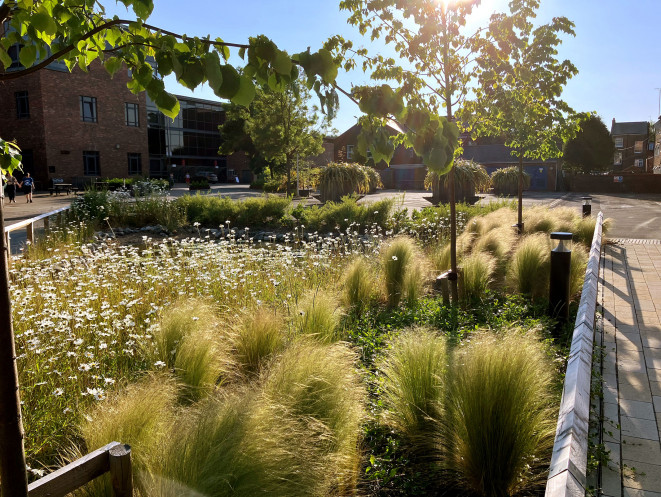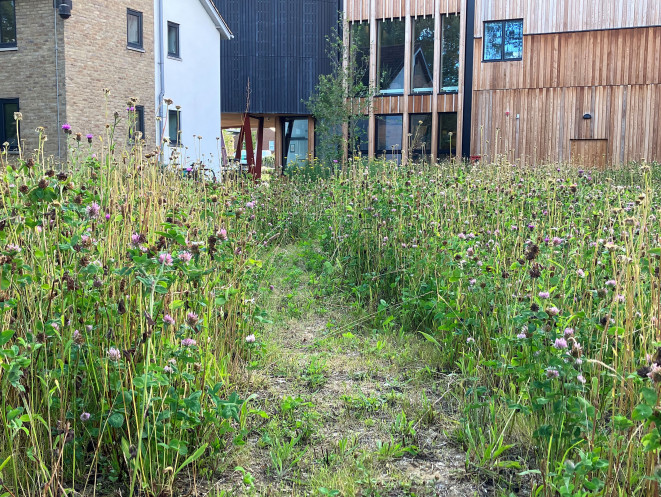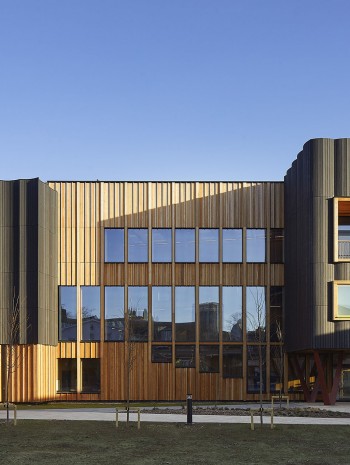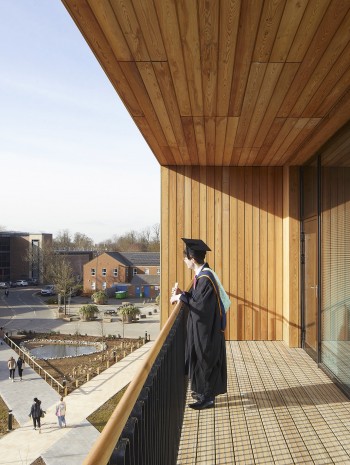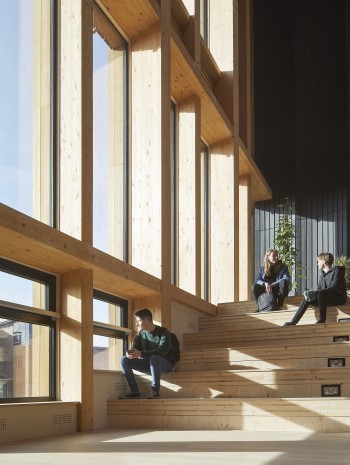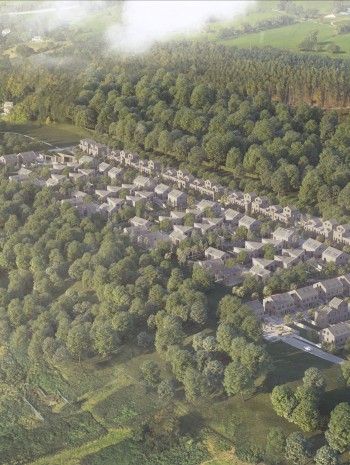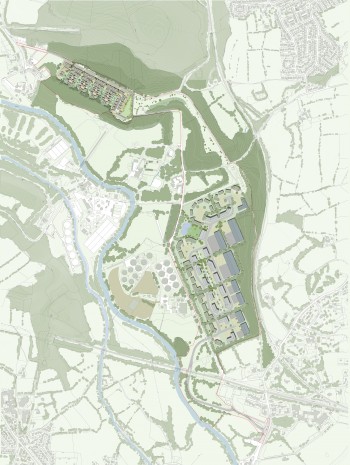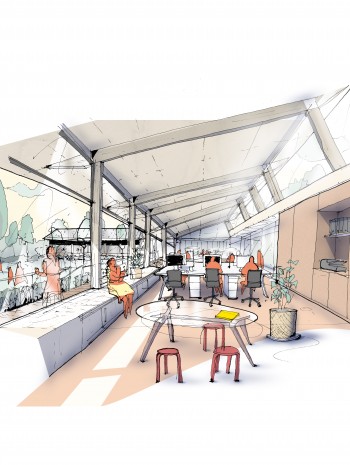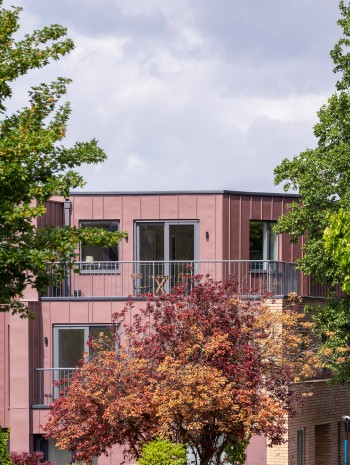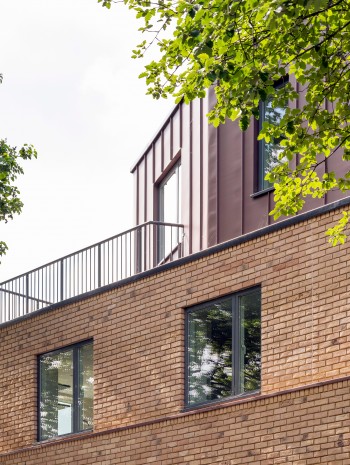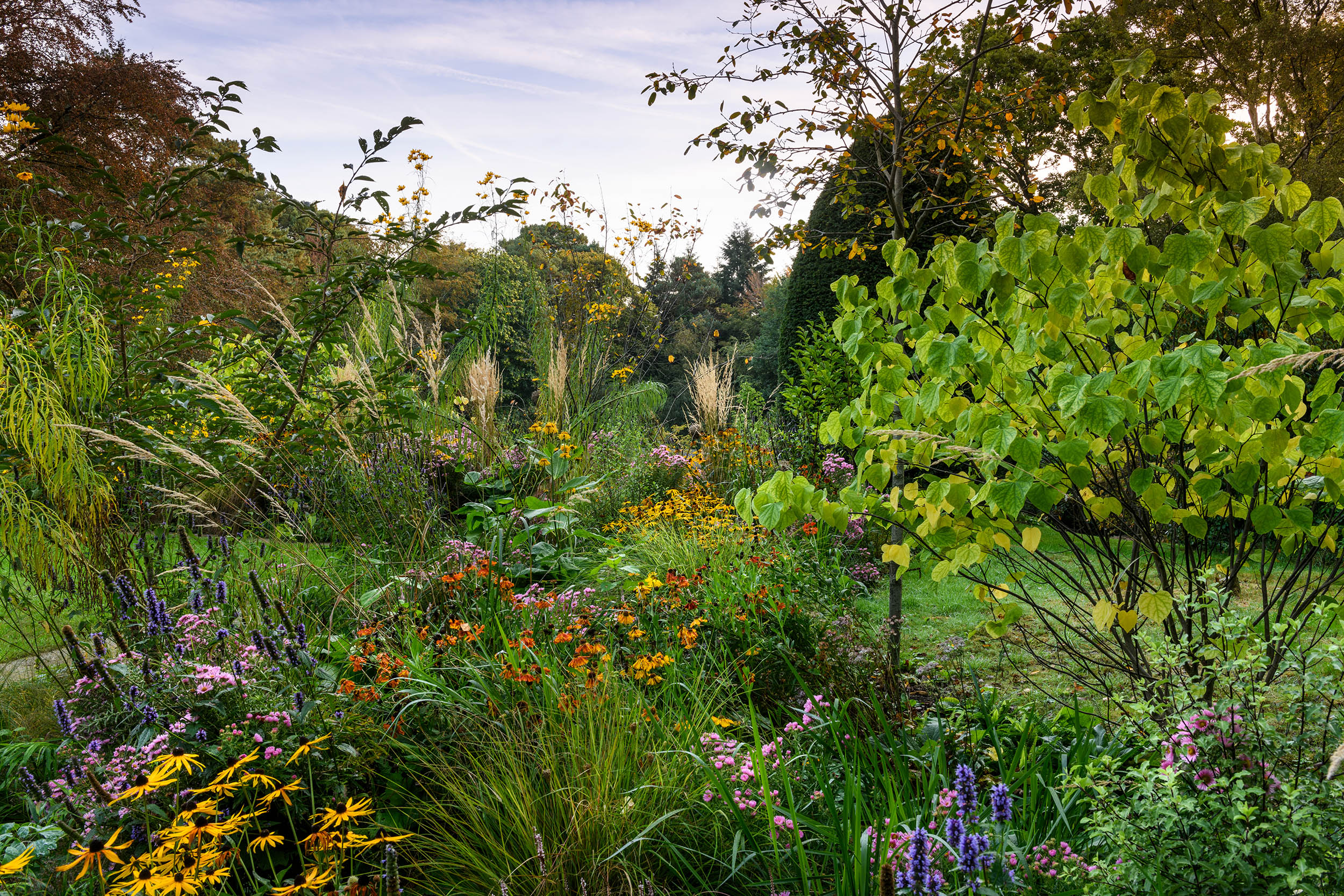
This article is an explanation of Biodiversity Net Gain, how it is calculated and what is now required in England for developments.
Biodiversity Nest Gain (BNG) is a measure of a project’s positive relationship with the wider natural environment. Human activity has caused a steep drop in biodiversity and data shows that in the UK alone there has been a 19% decline in numbers of species since 1970. Every building project is an opportunity to reverse this trend. BNG is the percentage increase of ‘biodiversity units’ on a site, these units are species habitats and how a habitat makes up a unit is defined by their size, quality, location and type. The percentage for BNG is calculated as the percentage increase for:
- The proposed biodiversity units on a site
- Divided by the existing biodiversity units on a site before any development
This means that if, for example, there are habitats lost as part of a development (like a tree) the additional habitats you are providing on a site would have to compensate for this loss before they contributed to the net gain.
Since 12th February 2024 in England there are mandatory 10% targets for Biodiversity Net Gain for all major planning applications (defined as more than 9 residential units or more than 1,000 m2 of commercial development). By April 2024 the 10% target will apply to all planning applications regardless of size (except for some small, householder or self-build applications). There is a standard method of calculating Biodiversity Net Gain which is a downloadable Excel spreadsheet available on the government website. However you will need a qualified Ecologist to assist you with the calculation as knowledge of the all the different UK natural habitats is a very expert area.
In terms of what you can achieve as a BNG target this will vary depending on the nature of your project. If there is no scope at all on your site there are a number of offset options available from creating habitats off-site or buying ‘statutory biodiversity credits’ from the government. Broadly the order of play is as follows for a development:
- Create the 10% increase in biodiversity on site, through providing additional ecological habitats (like wetland swales, hedgerows, insect hotels etc).
- Deliver some of the 10% increase on the direct development site, and some off-site on your own land.
- Deliver some of the 10% increase on the direct development site and buy off-site biodiversity units from a registered supplier. The list of these suppliers is available on the Biodiversity Gain Site Register.
- If you are unable to achieve the 10% increase through any of the above measures then you can purchase statutory biodiversity credits from the UK government, but this should be seen as a last resort.
It is important to consider when looking at the above options that whatever route you take, the ecology measures will need to be in place for a minimum 30 year period. It may be that there is a legal agreement with the Local Authority or a habitat management and monitoring plan (HMMP) required to ensure this. The 30 year period could be important if you use an area for increasing the BNG measure that may be developed in a subsequent phase.
Whilst this appears to be another barrier to development, the new BNG rules will have a very positive impact on the biodiversity of the UK and with a good ecologist and landscape architect you can undoubtably achieve more than you might originally think on your development site. We recently achieved a 53% BNG increase at the York St John University Creative Centre for example (see above photos), which is located in the centre of the city of York. So the hope is that this will promote richer and greener developments with a better connection to nature, which should be better both for the value of your project, and the planet.
Hannah Pinsent
Architect

Hannah joined Tate+Co in 2021. She is passionate about socially conscious designs which work with and enhance their surrounding landscapes and communities.
Hannah took her RIBA Part 1 Degree at Brighton University, and her RIBA Part 2 Masters with Distinction and RIBA Part 3 at Westminster University, fully qualifying as an Architect in 2023.
As a student she enjoyed experimenting with materials and realising their architectural potentials, especially in terms of how reuse and recycling can play an important role in creating sustainable designs. The work Hannah developed during her Masters degree was featured in MIT’s publication, Measuring the City: The Power of Urban Metrics, Visualising Cities, 2021.
In her year out Hannah worked for Orme Architects, on individual residential projects, ranging from the very small to the very large, in the South West of England. These projects integrated traditional and contemporary styles into the sensitive rural landscape of the West Country, with a design ambition to benefit the environment from both a low-carbon and an aesthetic aspect.
At Tate+Co Hannah has worked on a number of important projects for our practice including a new Music School for Truro School, a large new-build house in Essex, Seckford Hall Hotel, and she is currently leading the transformation of West Hendon Playing Fields into a real, green and blue community asset.
Outside of work Hannah loves to explore new areas of London as well as further afield and keep active.

